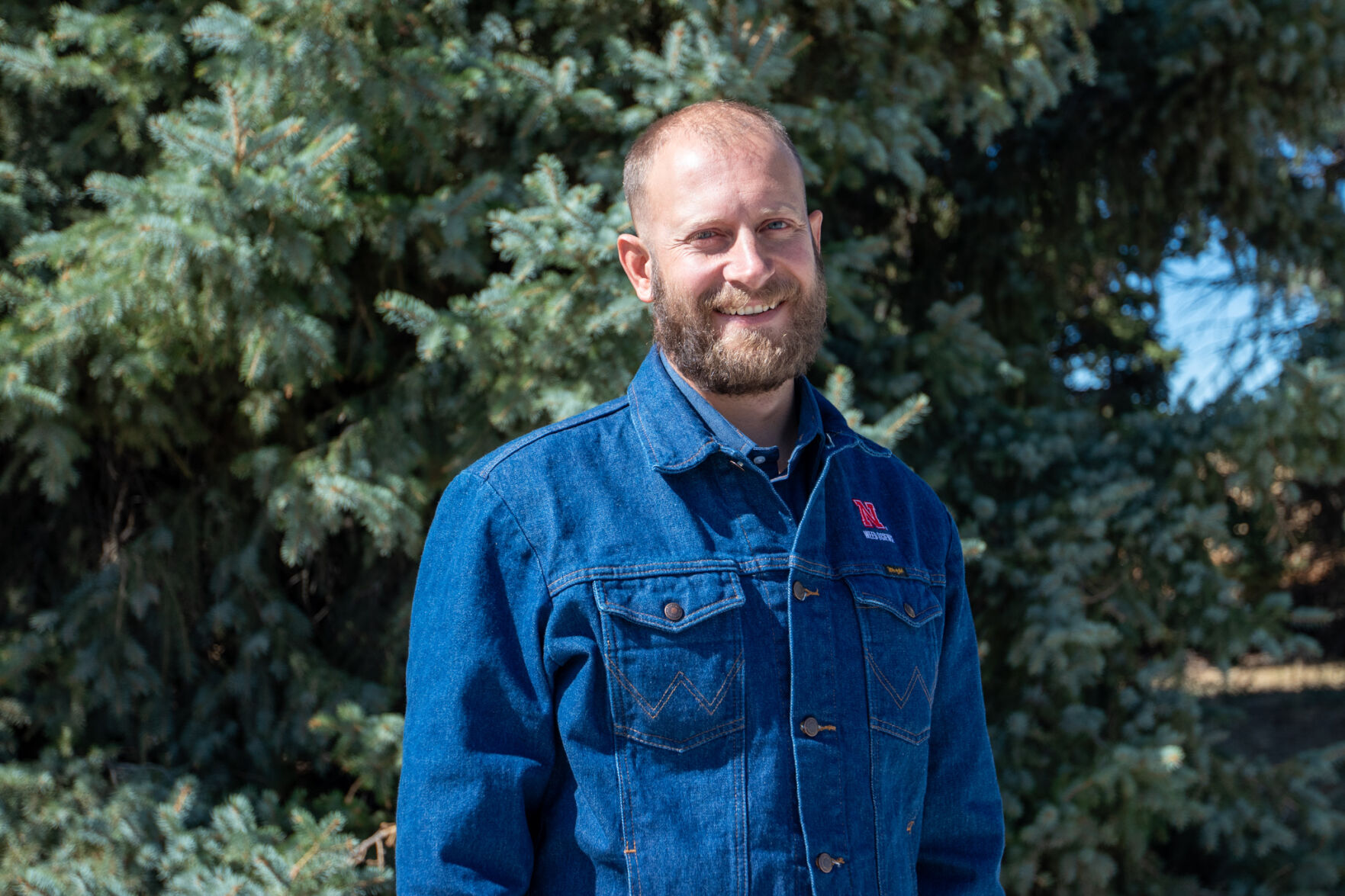Alfalfa and hay producers recognize many of the challenges of the past year and as they plan ahead for 2023 it can be a good idea to look at possible strategies.
Nevin Lawrence, an associate professor and weed management specialist with the department of agronomy and horticulture at the Panhandle Research and Extension Center, Scottsbluff, Nebraska, said alfalfa is still dormant and researchers and producers will not know for several weeks how the new seedlings survived the winter. Drought conditions, as of late February, existed over much of Kansas, eastern Colorado, and Nebraska. “Depending on access to irrigation, or a lack of access, 2023 could see quite a bit of variation in term of field conditions,” Lawrence said.
Bruce Anderson, an emeritus forage Extension specialist with the University of Nebraska-Lincoln, said moisture is the key factor everywhere. Irrigators may have some flexibility and opportunities, but many face various timing or quantity limitations that make them more dependent on natural rainfall, too.
Snow and winter or early spring rain has provided moisture to begin growth in most areas but that moisture will last just a brief time and needs to be used wisely, he said.
Some growers in severe drought areas may benefit from maximizing first harvest yield since water use efficiency is highest during first growth, Anderson said. “Maximum first harvest yield generally occurs when alfalfa plants reach one-half to full bloom. Delaying harvest beyond full bloom will not increase tonnage but will waste remaining soil moisture and reduce forage quality.”
All inputs considered
In areas where there has been abundant rainfall or irrigation is available, Lawrence noted that most of an alfalfa producer’s input costs is going to happen in the establishment year.
“Pest control and fertility need to be considered throughout the crop’s lifespan,” Lawrence said. “But in terms of how a producer should manage production based on water availability, it won’t change much. If you have the irrigation or precipitation available, the alfalfa will yield more. If you don’t have the irrigation or precipitation, it will yield less. There isn’t much you can do from a management standpoint based on moisture.”
Pesky weeds
Weed control is always on the minds of growers and Lawrence offered several tips.
Early in the spring a grower might be concerned with cheat grass or winter annuals like mustard, he said. The best time to control those weeds was this past fall, but there are options now for controlling cheat grass and other winter annual weeds, but the earlier the applications are made the better the control.
“It all comes down to scouting,” Lawrence said.
First cutting production will be critical for many dryland fields, Anderson said. Winter annual weeds like cheatgrass, downy brome, and mustards like pennycress need to be controlled immediately to preserve moisture for alfalfa and maintain forage quality of the first cutting.
Lawrence said knowing what weeds are present, and the impact of those weeds on quality will help a producer decide if an herbicide application is warranted. Some early season summer annuals, like lambsquarters or kochia, might not warrant an herbicide application if the density is low, as the impact to alfalfa quality is minimal.
Knowing what impact certain weeds have on quality will help inform a producer on when weed control is necessary, he said. Tissue testing alfalfa to determine fertility needs annually is another way to ensure fertility needs are being met without over application.
Weevils problematic
Also Lawrence said producers need watch for alfalfa weevil, which should be scouted as soon as possible before the first cutting. Depending on the threshold, an insecticide can be applied or an early cutting could be a strategy to consider.
Anderson said scouting for and controlling alfalfa weevil should have a high priority. However, carefully consider costs of weed and pest control compared to production benefits.
Sign up for HPJ Insights
Our weekly newsletter delivers the latest news straight to your inbox including breaking news, our exclusive columns and much more.
“Forage quality benefits for dairy hay frequently justifies control but alfalfa that will be fed to lower nutrient demanding livestock like beef cows may not improve production enough following weed and pest control to justify the expense,” Anderson said.
Overall production this year is likely to be lower than last year unless we receive significantly more rainfall since most fields have little to no soil moisture beyond what was absorbed this winter, he said. That means prices will remain high and efficient use of what is harvested is critical.
He also advised when it comes to the storage of bales, growers need to minimize weathering loss.
“Likewise, minimizing feeding losses also deserves extra attention,” he said.
Next up in the Alfalfa U Content Series is a look at pest control.
Dave Bergmeier can be reached at 620-227-1822 or [email protected].




